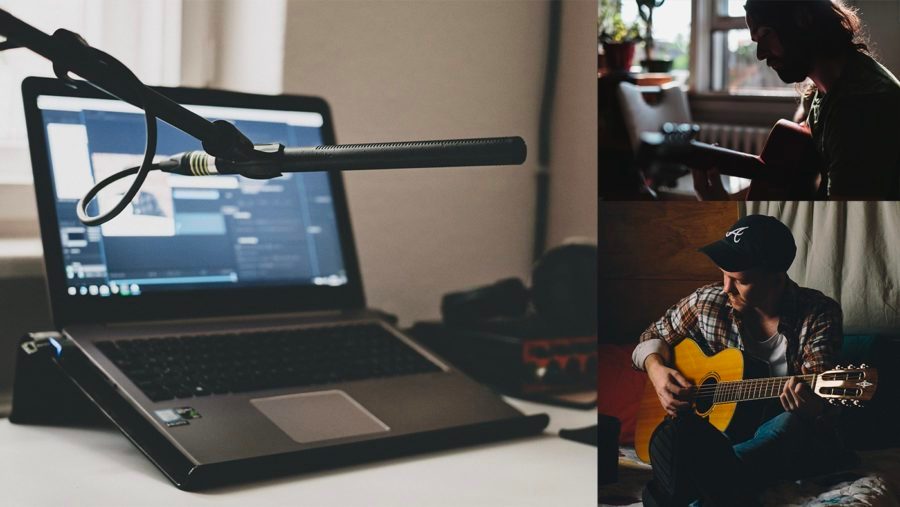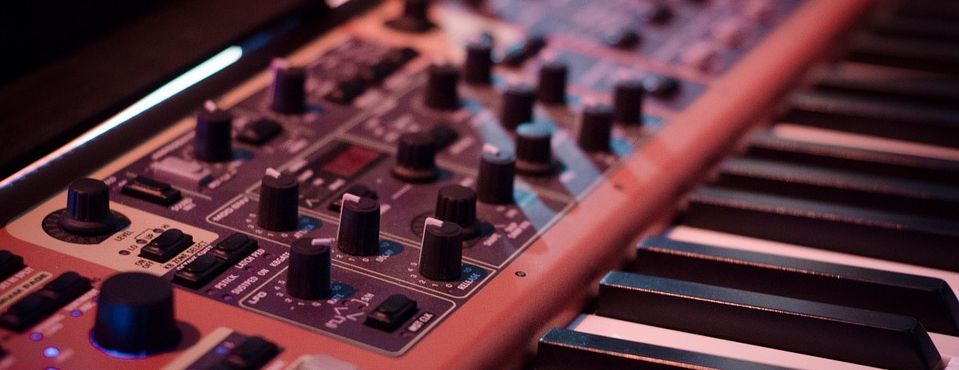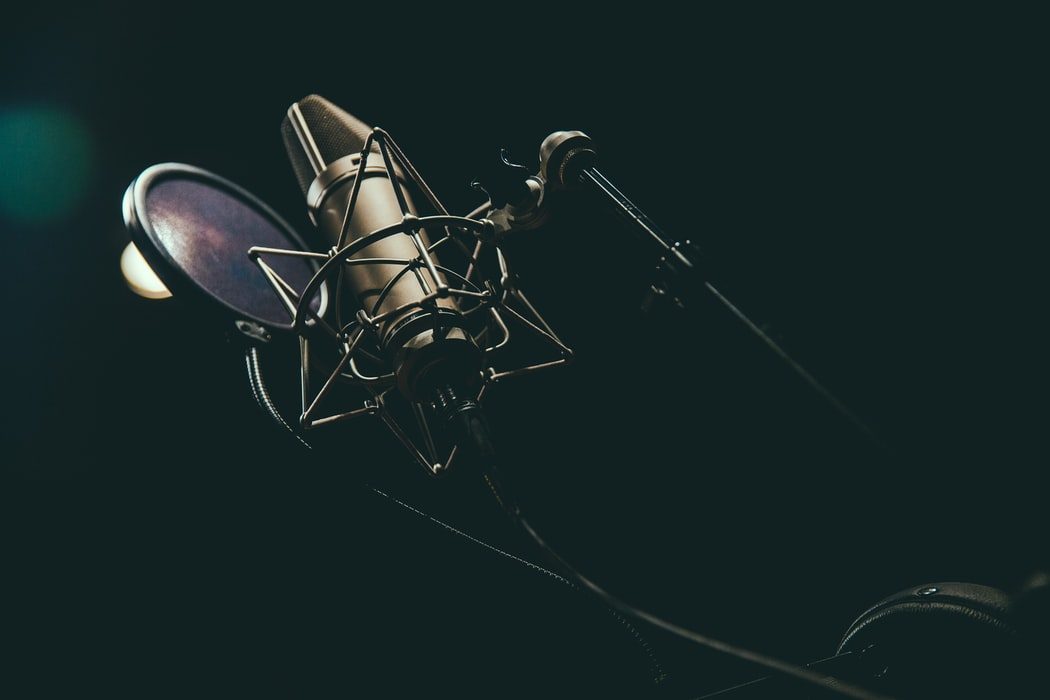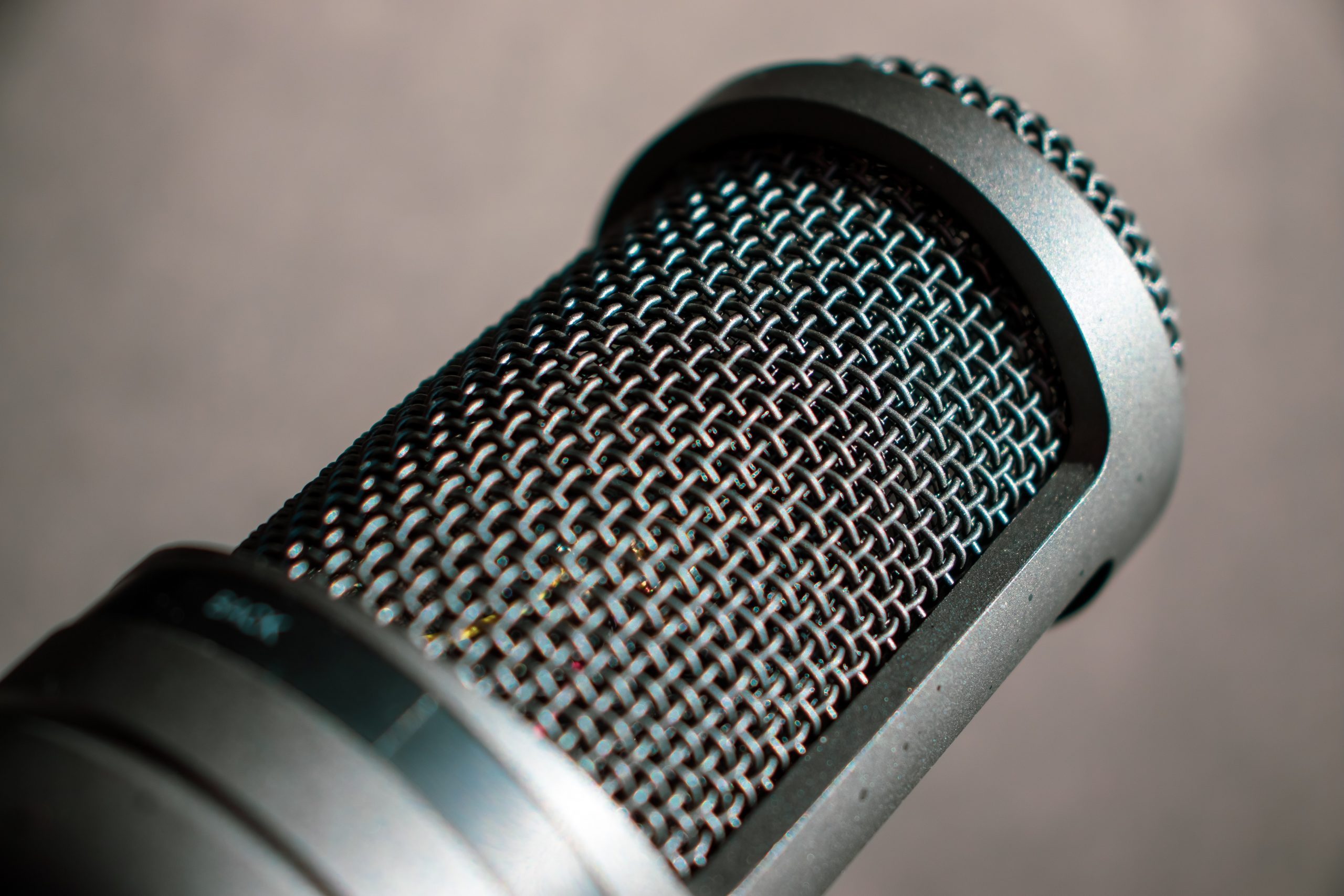On day three-hundred-and-something of a global pandemic that forced us to cancel in-person jams. We all need to experience the thrill and pure pleasure of trading musical ideas in person again. However, the truth is internet speeds, lag and the limitations of DAWs make online jamming next to impossible in real-time without making some serious compromises. Here’s my hard truth for today—online jamming isn’t the easiest way to collaborate remotely. However, that doesn’t mean there aren’t methods to create fulfilling collaborative relationships online.
soundcloud
Daily life moved online like never before in 2020 and it continues to 2021.
If you spent most of last year on video calls, you’ve probably wondered about using videoconferencing software for music.
Music collaboration is important for inspiration and working together face-to-face is more difficult right now.
However, using regular video apps for music can be a challenge. Configuring audio, setting up mics, and sharing your DAW screen can grind a fun session to a halt.
Even so, there are many effective options out there for musicians who need to work together from afar.
In this article, I’m showing you the top 10 Zoom alternatives for musicians so you can collaborate on music remotely.
Keep reading to explore more rap styles that define the revolution of rhythm and beat.
Getting your first synth is always a big and quite hard step. To help you know what you’re really getting, we’ve compiled our top 5 best synths for beginners.
Sure free synth VSTs open infinite possibilities but the DAW screen and keyboard is a big limitation that sometimes kills creativity.
Hardware synths are so inspiring—hearing an analog sound change as you play with real knobs is fun and also helpful for learning how electronic sound works.
Plus, hardware synths are much easier to use in collaborative contexts, especially if they’re portable.
But finding the perfect synth, to begin with, isn’t always easy.
Hardware synths can get expensive quickly—plus there are all kinds of confusing synth terms to wrap your head around.
Now, let’s explore the top 5 synths for you.
Synth pads are the washy ambient textures that help construct the atmosphere of a music track.
You might not clearly hear them in a dense mix, but pads often provide the sonic backdrop that glues a song together.
Creating great synth pads isn’t simple in case you’ve never tried them before. With so many parameters to keep track of, many synth plugins make it difficult to program the best sound.
Even so, beginners can begin with ambient synth textures with some key techniques.
In this article, we will explain the way to create enormous atmospheric synth pads in just 5 simple steps.
Let’s get started.
Editing vocals is the crucial step that comes just before mixing in your vocal production workflow.
Great editing is important to a polished vocal sound. It’s the process that cleans up all the problems in a raw track so they’re ready to be mixed loud and upfront in a song.
But vocal editing can be frustrating. It takes time and there are lots of small details to get right.
Even so, it doesn’t have to be intimidating. Editing vocals is easy as long as you understand the basic concepts behind them.
In this article, I’ll go through everything you need to know to get a perfect vocal edit.
The vocal is the centerpiece of a song. They need to draw listeners in and hold their attention all the way through the track. That’s why inventive vocal processing has become an important part of modern vocal production.
Vocal processing means the creative production techniques that transform raw vocals into stylish studio sound design.
In this article, we’ll go through 10 processing types that will give your vocals a unique texture—and even turn them into something completely new.
It’s easy to find inspiration and energy when you’re exploring and writing music for the first time. But the longer you make music in the same predictable ways, the more difficult it is to feel engaged and challenged. This is where exploring new music genres comes in. When the usual ways of producing music aren’t exciting and rewarding anymore, it’s the right time for a major shakeup. Exploring a new music genre as an exercise is always a great way to do it, here are three reasons why.
Keep reading to know more about Timbre in music production.
The sounds you use in your every track have their own distinct character. Whether they come from VSTs, sample packs, or your audio interface, the quality that makes them unique is known as timbre. Timbre is a basic idea in music that impacts everything from sound design to arrangement and mixing. With such a basic topic it can be tough to know where to begin. So, what is timbre in music production and the way it’s relevant to your workflow? We will explore in this article.










